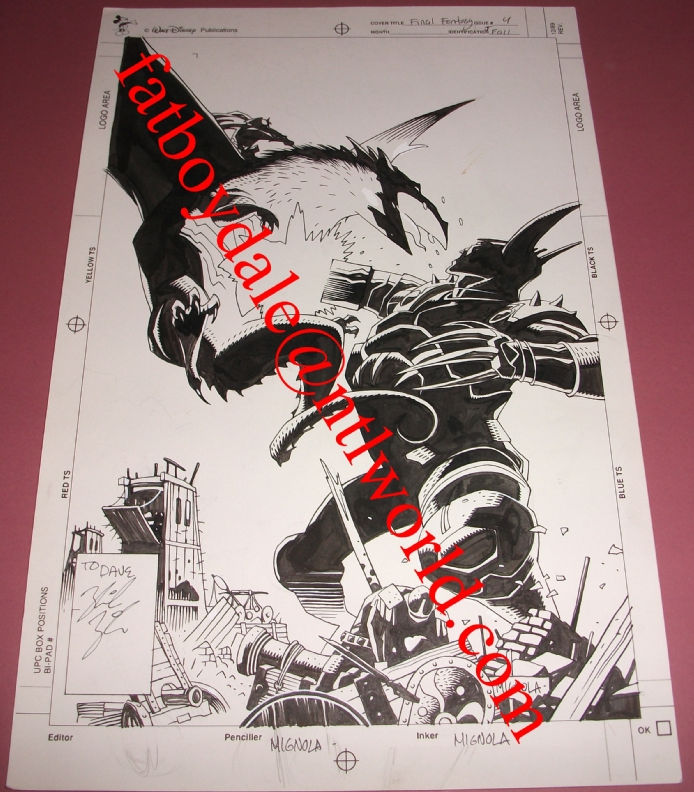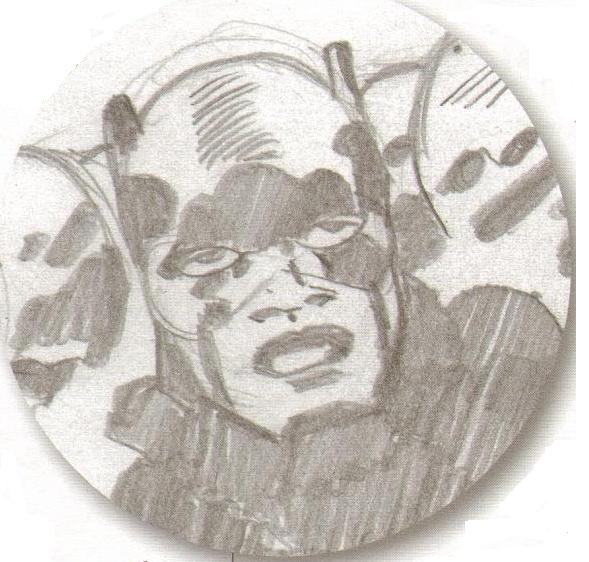Back in October, following my purchase of the Humble Valiant Bundle, I posted A Brief Valiant Comics Chronology making note of the order the comics were originally published in, on the assumption that that's the correct order to read them in.
As I said then:
the short answer is: X-O Manowar, Harbinger, Bloodshot, Archer & Armstrong, Shadowman, Quantum and Woody, Eternal Warrior, Unity, Rai, with Harbinger Wars concurrent with the third volumes of Harbinger and Bloodshot (as their title implies).
Now I can refine that recommendation.
The short version this time is that most of the series are standalone and you can read them in any order you want; the exceptions are Harbinger, Bloodshot, Harbinger Wars, Unity, and arguably Rai.
What follows is a bit more specificity on which books tie into which, plus why the chronology of Harbinger Wars is a bit of a clusterfuck and how the Humble Bundle left out a book that's a crucial lead-in to Unity.
Once again, this list focuses on the books that were included in the Humble Valiant Bundle, and doesn't include more recently-published Valiant comics.
Standalone Books
X-O Manowar vol 1-3
X-O Manowar is Valiant's first and flagship book, but it doesn't tie in with the others until later on down the line. It introduces the Vine, who get a few mentions in the other books, and it leads into Unity, but these first three volumes stand alone.
Harbinger vol 1-2
These first two volumes introduce the lead characters, including Toyo Harada, as well as the Harbinger Foundation and Project Rising Spirit, both of which crop up throughout other series.
Bloodshot vol 1
Bloodshot provides another view on Project Rising Spirit, but it doesn't really matter whether you read this first volume before or after the first couple of volumes of Harbinger.
Archer & Armstrong vol 1-3
The Archer & Armstrong books included in the bundle are completely self-contained and don't require any knowledge of the rest of the Valiant universe. Project Rising Spirit does make a brief appearance, but it's more of a namedrop than anything; it could be any shadowy organization, and doesn't really tie into its use in other Valiant comics.
Archer & Armstrong does introduce the Eternal Warrior, so it's best to read it before Unity. Also, Archer and Armstrong later team up with Quantum and Woody in The Delinquents, but that's not included in the bundle.
Shadowman vol 1-3
Shadowman doesn't cross over with any other Valiant books in the bundle except for a brief reference in Unity.
Vol 3 can almost be considered a standalone book in and of itself as it presents several done-in-one stories that don't really continue from vols 1 and 2, but since it includes the origin of Mister Darque, I think it still makes the most sense to read it last.
Shadowman also introduces Doctor Mirage, who gets a solo series later on; that series is not included in the bundle, but it does have a preview in Rai #3.
Quantum and Woody vol 1-3
The Q&W books in the bundle are standalone and don't cross over with anything else in the Valiant universe. Quantum and Woody later team up with Archer and Armstrong in The Delinquents, but that's not included in the bundle.
Eternal Warrior vol 1
Okay, so this book contradicts all the other appearances of the Eternal Warrior in all the other Valiant books so badly that it is the reason I tried to work out a chronology in the first place. It depicts Gilad as a reluctant warrior who turned his back on the Geomancers in the nineteenth century and has lived in seclusion since; this flatly contradicts both Archer & Armstrong, where he is tenaciously loyal to the Geomancers, and Unity, which shows him as part of a superhero team during WWII.
This is a fine book, but if you're worried about Valiant canon, I think the only reasonable conclusion is that this book isn't part of it.
Eternal Warrior vol 2
In fact, Eternal Warrior vol 1 is so separate from all the other Valiant books that you don't even need to read it before you read vol 2. Vol 2 is set 2000 years in the future and you don't need to read any other books about the Eternal Warrior first, including vol 1 of the same series.
This book occurs in the same future as Rai, but Eternal Warrior takes place on Earth and Rai takes place in an orbital space station, so there's not really any crossover to speak of. I'd recommend reading Eternal Warrior before Rai, but it's not that important.
Harbinger Wars
Bloodshot vol 2
This one almost falls under the standalone category, but its last page leads directly into Harbinger Wars. You'll want to read at least the first volume of Harbinger before you read Bloodshot vol 2; otherwise the last page isn't going to make a whole lot of sense.
The Crossover
Here's where things get dicey.
Harbinger Wars is one of those crossover events that takes place across its own self-titled miniseries, Harbinger, and Bloodshot. As in most crossovers of its type, that means a whole lot of rereading the same events from different perspectives -- Harbinger Wars focuses on Project Rising Spirit and HARD Corps, Harbinger switches between Toyo Harada and the Harbinger Foundation and Peter Stanchek and the Renegades, and Bloodshot follows Bloodshot and his team.
Harbinger and Harbinger Wars manage to line up pretty well with one another, but Bloodshot is paced significantly behind the other two. In both Harbinger and Harbinger Wars, Bloodshot makes it to Vegas and meets up with the Renegades in the third issue of the arc, while in Bloodshot, the third issue is a detour and he doesn't make it to Vegas until the fourth part. If you read the individual issues in the order they were published, it's jarring; they're out of sync.
So, you can either read each trade beginning-to-end, in order:
- Harbinger Wars
- Harbinger vol 3
- Bloodshot vol 3
or you can read the individual issues in the order they take place:
- Harbinger #0
- Harbinger Wars #1
- Harbinger #11
- Bloodshot #10
- Harbinger Wars #2
- Bloodshot #11
- Harbinger #12
- Bloodshot #12
- Harbinger Wars #3
- Harbinger #13
- Harbinger Wars #4
- Harbinger #14
- Bloodshot #13
Either way, you'll want to read the first two volumes each of Harbinger and Bloodshot before you read Harbinger Wars.
Unity
Not Included
The Humble Valiant Bundle doesn't include X-O Manowar vol 4, which is something of a problem as that book leads into Unity. At least, at the beginning of Unity, Aric has set up in Romania and has already crossed paths with Gilad; this doesn't happen in any of the books in the bundle and I assume it's in X-O vol 4.
Unity vol 1-2
Before you read this, you'll want to have read the first three volumes of X-O Manowar, the first three volumes of Harbinger (including the Harbinger Wars crossover), the first two volumes of Archer & Armstrong (since vol 2 introduces the Eternal Warrior, who appears in Unity), and, if you've got it, the fourth volume of X-O Manowar (which, as noted, is not included in the Humble Valiant Bundle).
And Finally...
Rai #1-#4
I would almost call Rai standalone, but it does pick up a thread from Unity vol 2, so I'd recommend reading that first. And maybe Eternal Warrior vol 2, since it takes place in the same future as Rai; there's not much overlap between them, but I think the story of Japan-as-space-station gains something if you already know what's going on down on the surface before you start.


